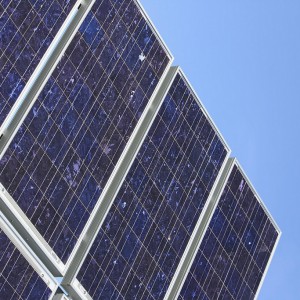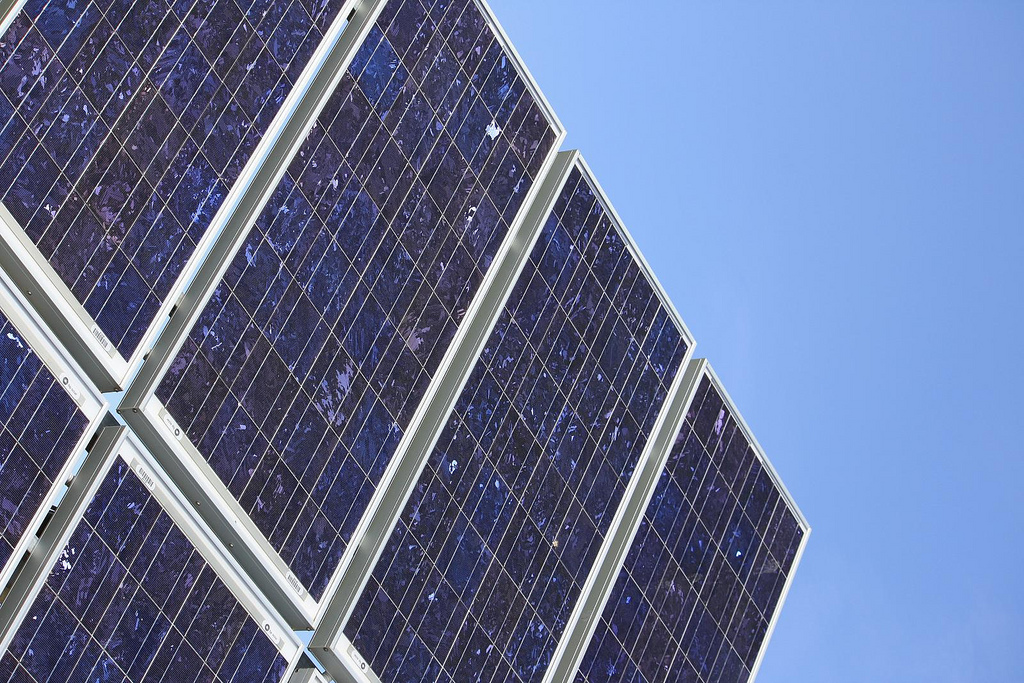Synthetic molecules that mimic chlorophyll in plants may one day form the basis of highly efficient solar cells, say Australian researchers.
Professor Max Crossley’s molecular electronics group at the University of Sydney recently presented its research at the International Conference on Porphyrins and Phthalocyanines in Rome.
“Nature has evolved this very efficient process, over millions of years, for harvesting light and then converting it into energy,” says Crossley.
“We’re trying to mimic aspects of natural photosynthesis.”
Dense arrays of chlorophyll molecules in leaves are responsible for converting light energy to electrical energy and then to chemical energy.
Critical to this function of chlorophyll is the pigment porphyrin, which is attached to a central magnesium ion.
Crossley and team have made a synthetic form of chlorophyll that performs the first part of that process, converting light energy to electrical energy.
As in nature, when a large number of these synthetic molecules are arranged in a dense array they act in concert to efficiently collect photons of light.
“There has to be a lot of them because if there was only one it would be a very inefficient process,” says Crossley.
Soccerball-shaped molecules
The researchers made a synthetic chlorophyll molecule shaped like a soccer ball.
It has a dendrimer scaffold, a highly branched nanosized polymer made of carbon, hydrogen and nitrogen.
Attached to the dendrimer are synthetic versions of the light-harvesting pigment porphyrin.
Spherical carbon molecules called buckyballs sit between the porphyrin and soak up electrons from the photons of collected light.
Crossley and team have used an array of the synthetic chlorophyll to build a prototype of an organic solar cell.
Based on what nature delivers, they expect to eventually have much more efficient solar cells than exist at the moment.
A leaf is about 30-40% efficient at converting light to electricity and this compares with just a 12% efficiency for conventional silicon-based solar cells.
“We have the basis of a biomimetic organic photovoltaic device or solar cell,” says Crossley.
“In the long term what we’re trying to do is have something we can simply paint on a roof, like a thin layer.”
He says the team also hopes to make storage devices to replace metal-based batteries.
Nano efficiency
Crossley says conversion of light energy to electrical energy is most efficient when the molecules used to absorb the light are not too large.
Ideally, their size is around half the wavelength of the light being absorbed, which he says is 300 to 800 nanometres for visible light.
“You can’t have a very thick material because light doesn’t pass through it,” says Crossley.
He says there are many groups using nanotechnology to build more efficient solar cells.
“It’s a very hot topic,” says Crossley. “So people are endeavouring to use all sorts of novel nanomaterials and ideas in order to achieve high efficiency in the generation of electricity from solar energy.”
Team member and postdoctoral researcher Dr Deanna D’Alessandro is one of 16 scientists who are presenting their research to the public for the first time under the Fresh Science initiative.
by Anna Salleh, ABC-4 September 2006

